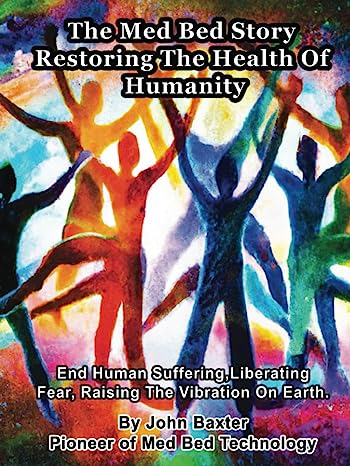Nikola Tesla, a polymath and a prophetic inventor, has etched an indelible mark on the fabric of modern science. From pioneering advancements in electricity to exploring the enigmatic concept of ether, Tesla's work has opened up realms of scientific inquiry that continue to fascinate and challenge even today's brightest minds. This article delves into Nikola Tesla's inventions, uncovering the depth and breadth of his contributions and exploring how they continue to influence current scientific thought and innovation.
Nikola Tesla: Master of Electricity
Nikola Tesla's inventions transformed the 19th and 20th centuries, setting the foundations for modern electrical engineering. Tesla's approach to electricity was holistic, seeing it not just as a power source but as a way to unlock new scientific frontiers.
1. The Alternating Current (AC) System
- Overview: Perhaps Tesla's most famous contribution, the AC system, allowed for the efficient transmission and distribution of electric power over long distances. Unlike direct current (DC), AC could be stepped up and down in voltage, significantly reducing energy loss across expansive power grids.
- Impact: The adoption of AC marked a monumental shift in how cities and industries were powered, catalyzing economic growth and technological innovation worldwide.
2. The Tesla Coil
- Invention: The Tesla Coil, developed in 1891, is a high-voltage, high-frequency power transformer that produces electrical arcs similar to mini lightning bolts. Tesla's intent was to develop a new wireless lighting system, but it also demonstrated the possibility of wireless electricity transfer.
- Applications: Beyond the dramatic displays in science museums, Tesla Coils laid the groundwork for future wireless technologies, including radio and TV transmission.
Tesla's Exploration of Ether
Tesla was captivated by the possibilities of the ether—a theoretical framework prevalent in the late 19th and early 20th centuries, believed to be the medium through which electromagnetic waves traveled.
3. Wireless Energy Transmission
- Concept: Tesla's work with the Tesla Coil evolved into a broader investigation of the ether as a medium for transferring energy without wires. His ambitious Wardenclyffe Tower project aimed to tap into the ether to distribute free energy across the globe.
- Legacy: While Wardenclyffe was never completed, Tesla's ideas about wireless energy find echoes in modern Wi-Fi, RFID, and upcoming wireless power technologies.
4. Dynamic Theory of Gravity
- Theories: Later in life, Tesla suggested a 'Dynamic Theory of Gravity'—which posited that ether was involved in the transmission of gravitational forces, a precursor to modern relativistic physics and field theory.
- Impact: Although not accepted in its time and still fringe today, Tesla's thoughts on gravity and ether continue to intrigue scientists interested in the interconnections of electromagnetic fields and gravitational forces.
Ethical and Technological Implications
Tesla's visionary projects not only expanded the scientific horizons of his time but also posed profound ethical and technological implications:
- Energy Accessibility: Tesla's dream of free, wireless energy distribution challenges today's global energy economies, highlighting issues of sustainability and energy equity.
- Scientific Innovation: Tesla's career is a testament to the importance of funding and supporting speculative and groundbreaking scientific research, which, while risky, has the potential to yield substantial benefits.
Conclusion: Tesla's Enduring Legacy
Nikola Tesla's inventions and theoretical work continue to resonate in the scientific community, inspiring a new generation of physicists, engineers, and inventors. From laying the very foundations of wireless communication and power systems to inspiring theories in physics that challenge our understanding of the universe, Tesla's legacy is a blend of ingenuity, persistence, and visionary thinking. As we advance into new frontiers of science and technology, Tesla's work remains a crucial point of reference and inspiration.




